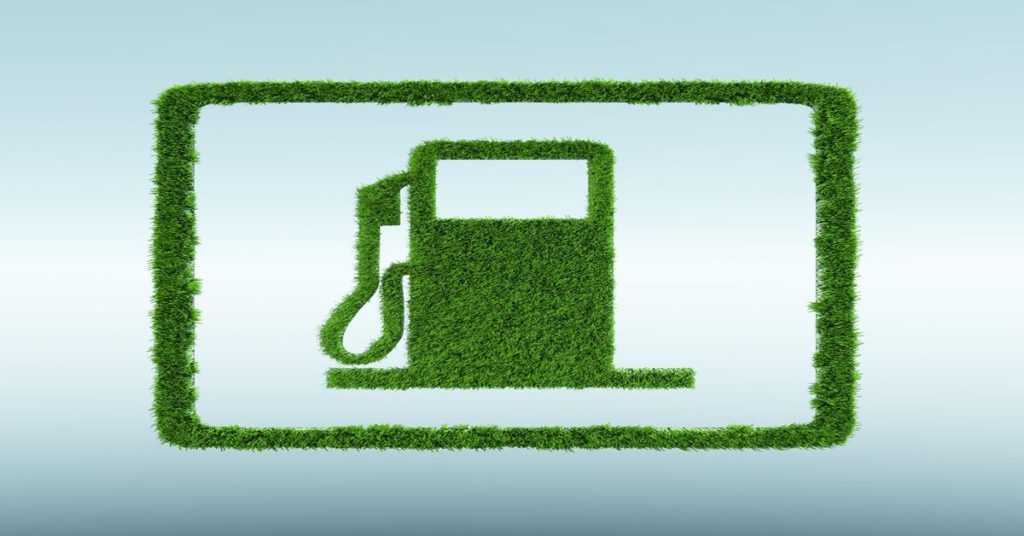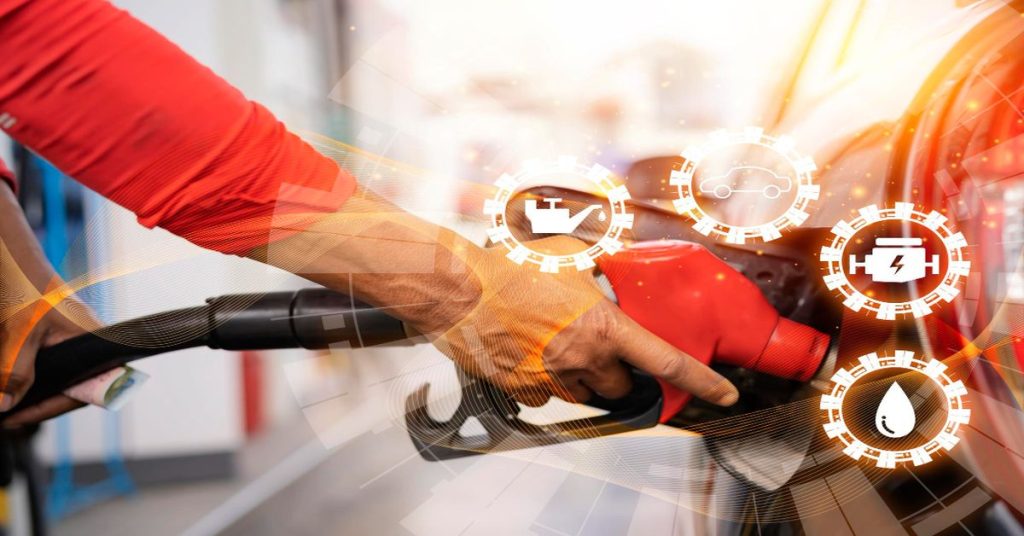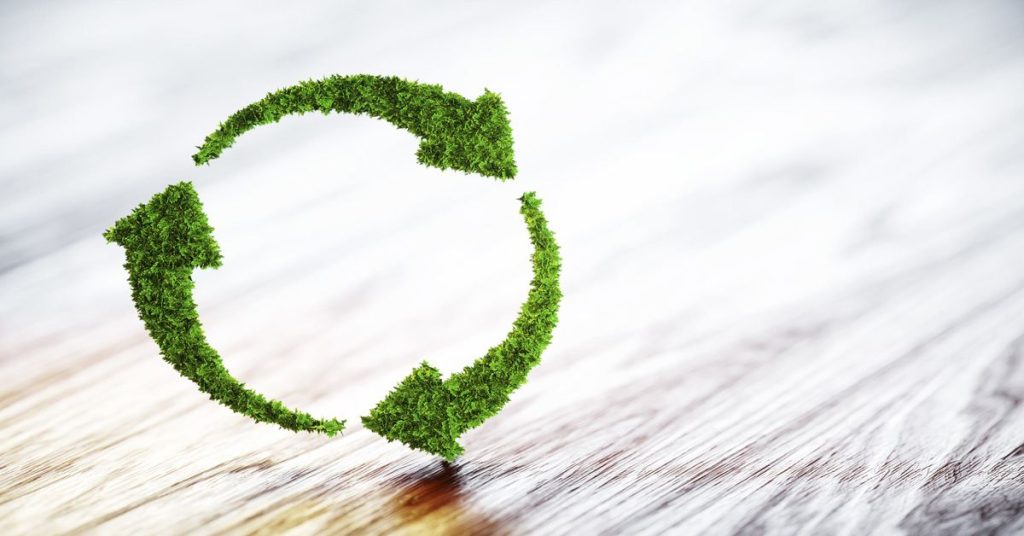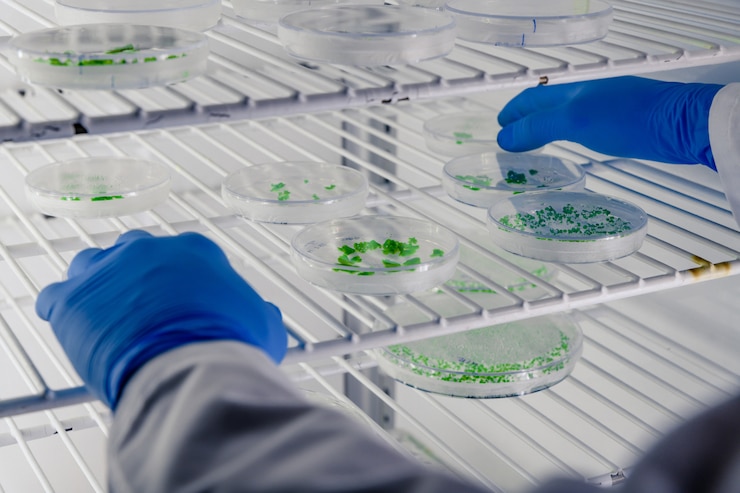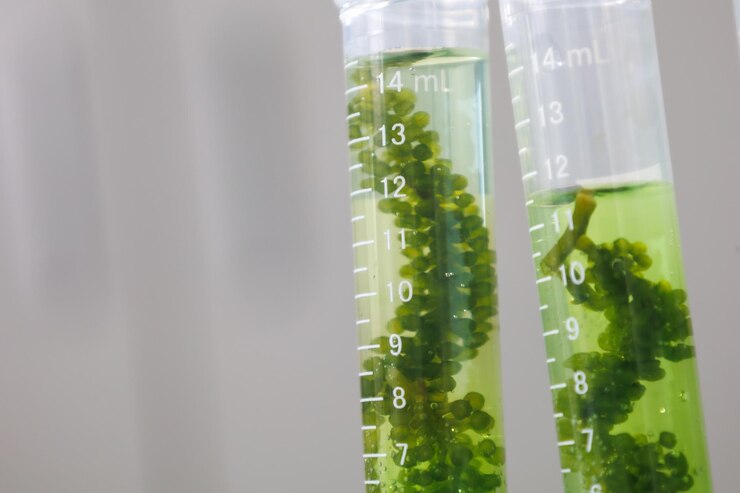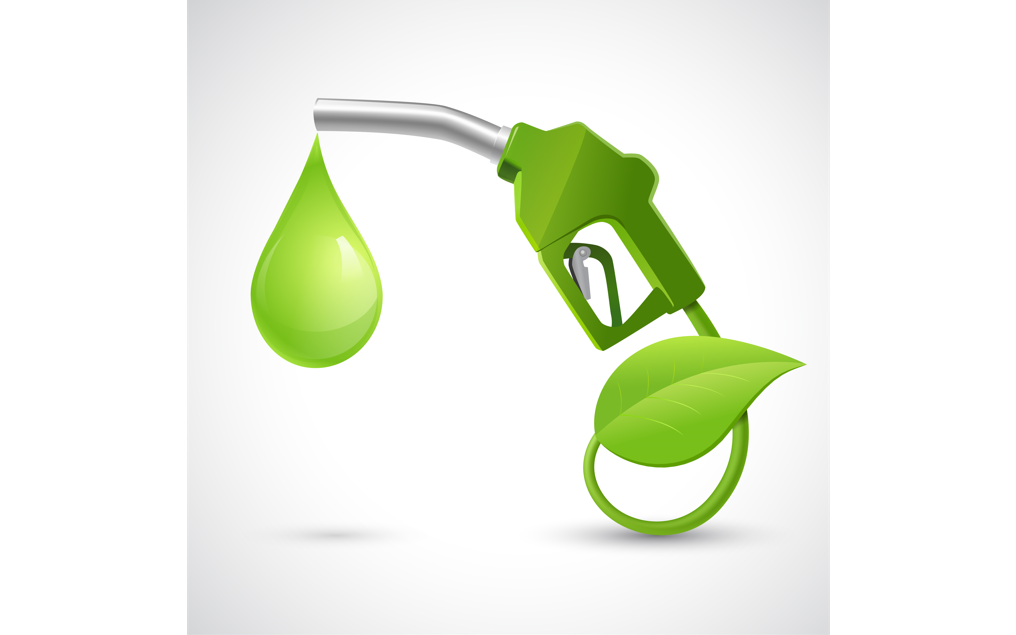Solving the Energy Crisis and Plastic Pollution – Converting Waste Plastics into Biofuel for the Mobility Industry
Plastic-to-Biofuel Innovations Chemical Recycling Plastic-to-Biofuel: Global plastic waste is a major issue. Plastic waste’s durability causes it to become trapped for centuries in landfills and oceans, thereby creating a serious environmental crisis. The inefficiency of recycling processes, high recycling costs, and a lack of incentives actively contribute to the active recycling of only 9% of …
